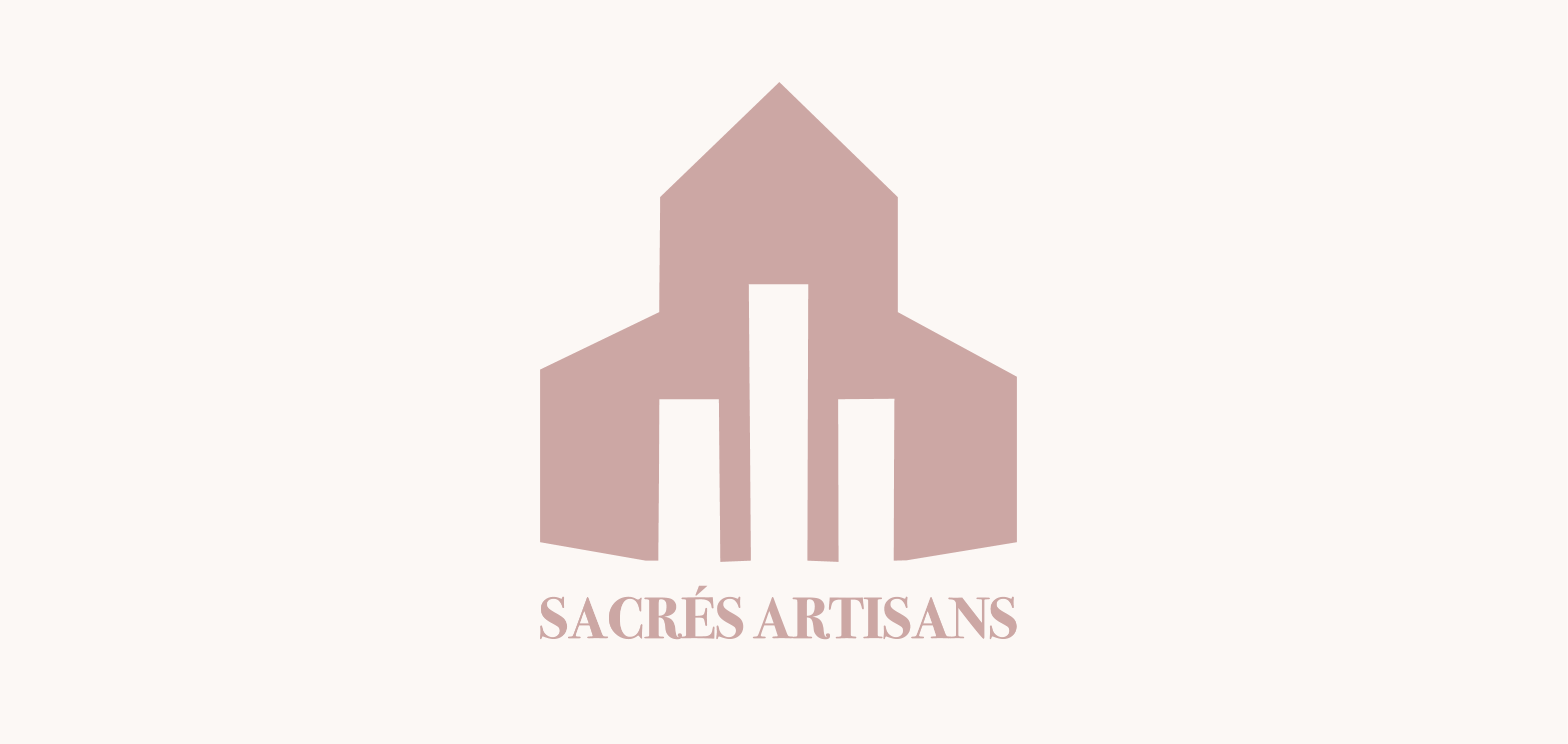
Pied-du-Lac Chapel
Inaugurated in 1923, the Pied-du-Lac Chapel is a real charmer, with its pale blue cloak that blends with the sky on a clear day. This understated but pretty building also piques curiosity as it indicates the presence of a Protestant community in this remote corner of Témiscouata in the early 20th century.
How did such a community, opposed to the all-powerful Catholic religion of the time, take root in this primitive wilderness? Brave trappers were the only ones to inhabit this forest when construction of the Transcontinental Railway got underway. This enormous project encouraged groups of workers to venture onto virgin lands to harvest its main raw material, wood.
Many of the first settlers and investors to respond to the call of trains and mills came from New Brunswick and the northeastern United States. Hailing from Maine, Joseph Gaudreau and Luc Pelletier, two practicing Protestants, settled in Pied-du-Lac-Long (now the municipality Rivière-Bleue), where they converted several residents. They also encouraged the migration of other French-speaking Protestants from the United States.
Their community grew so quickly that they soon asked the Mission de la Grande Ligne, a support organization for French-speaking Protestants in Quebec, to help them set up services. In 1921, they decided to build a church on part of their land. The 225-member congregation was starting to feel cramped in the house previously used for worship.
The project was entrusted to Delphice Goyette, a well-known architect from Montérégie. French-born pastor Henri Lanctin supervised the work site with the help of foreman Jean-Baptiste Lepage. Several men from the founding families, including the Cassista, Gosselin and Guérette families, volunteered their time to help. Thanks to their skill, the chapel opened its doors a year later, along with the small school it housed.
Typical of Protestant churches, the construction was simple—a far cry from the ostentatious Catholic places of worship that were springing up like mushrooms at the time. Built in theclassic forest in a sober style, the rectangular wooden building features 24 windows made of glass imported from Belgium, and a bell made in England in 1861. The chapel walls were clad in cedar shingles, and the roof in galvanized sheet metal. The interior comprised two main rooms—the worship area and the classroom-kitchen. The total investment was $4,000, three-quarters of which was already paid by the time the church was inaugurated.
The furnishings and decor were also modest, reflecting the fact that this marginal community was less affluent than those in the big cities. Why bother hanging paintings when the most beautiful image could be seen every day on the lake, where the green mountains shimmered?
Confronted with a few setbacks and tormented by a Catholic clergy unable to abide any type of dissent, the Protestant community began to decline slowly just a few years after its chapel opened. As a symbol of this small Protestant enclave, the church doggedly continued its activities until 2016, when it officially dropped its religious vocation.